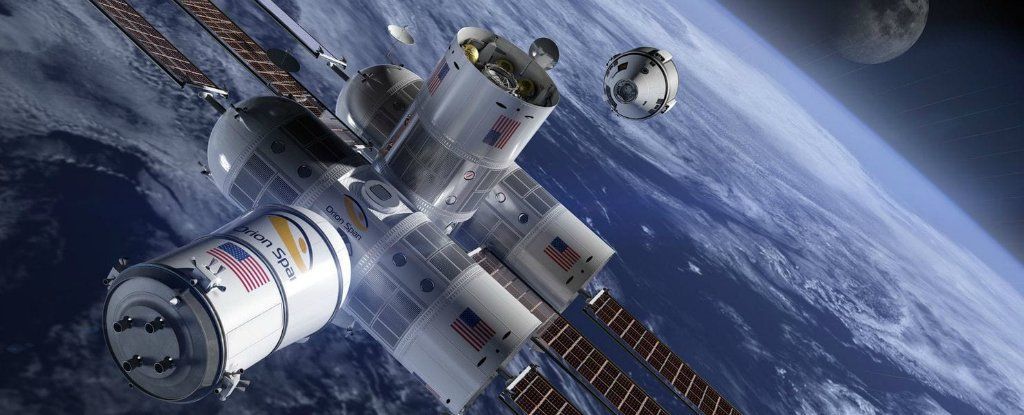384 sunsets in 12 days.
Looking for a getaway that offers unmatched views of sunrises and sunsets? Specifically, 384 of them in 12 days?
Try outer space.
Houston-based Orion Span hopes to launch the “first luxury hotel in space” — the 35-by-14-foot Aurora Station — by late 2021 and bring guests on board the following year.




